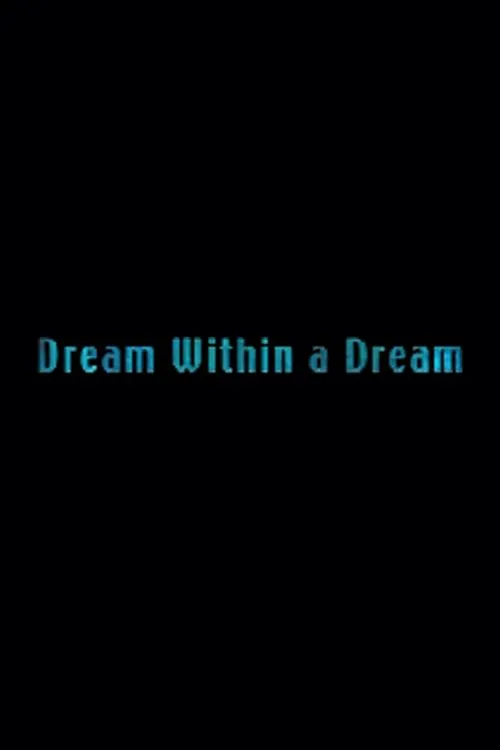Femme Fatale: Dream Within a Dream

Plot
Femme Fatale, often regarded as a visually stunning and thought-provoking thriller, is a 2002 film directed by the renowned Brian De Palma. Released in the early 2000s, this cinematic masterpiece has sparked numerous discussions among critics and film enthusiasts alike, showcasing the director's signature use of themes, imagery, and cinematic techniques. At its core, Femme Fatale revolves around the story of Laure (played by Rebecca Romijn), a charismatic thief who has an uncanny ability to manipulate and enthrall those around her. Laure's world is one of deceit and intrigue, as she weaves a complex web of lies and half-truths to achieve her goals. In order to pull off a daring heist at the Cannes Film Festival, Laure and her crew have planned an intricate scheme involving high-stakes diamond smuggling and deception. However, things quickly spiral out of control, as Laure's facade begins to crumble under the scrutiny of those who are getting closer to discovering her true intentions. Throughout the film, De Palma employs a myriad of visual motifs that serve as an homage to Hitchcock and other classic cinema tropes, paying homage to the masterful storytelling and suspenseful techniques of his cinematic heroes. The vibrant, dreamlike quality of the film further underscores Laure's fragile world of illusions, as the lines between reality and fantasy begin to blur. One of the key aspects that has drawn attention is the character of Laure herself, who possesses a distinct 'talking picture' visual style inspired by the silent era of cinema. The film's color palette and aesthetic draw heavily on the art deco style of 1920s cinema, providing a unique blend of nostalgia and modern sophistication. Rebecca Romijn delivers a captivating performance as Laure, capturing the essence of a seductive siren without compromising her complexity or depth. De Palma's use of non-linear storytelling further adds to the film's intrigue, blurring the boundaries between past, present, and fantasy. The director skillfully employs multiple narratives, allowing the audience to piece together the puzzle that is Laure's world. As the story unfolds, the characters become increasingly entrenched in a maze of lies and deception. De Palma masterfully manipulates the audience's perception of reality, creating a sense of uncertainty that is reflective of Laure's own turbulent mind. One aspect of the film that garnered particular attention is its bold reworking of the film noir genre, which is characterised by the presence of seductive femme fatales, crime, and deception. However, in Femmes Fatale, De Palma inverts traditional expectations by making the female lead a complex and multidimensional character who drives the narrative forward with her intellect and wit. The use of imagery in Femme Fatale serves as a key tool in De Palma's overall strategy, weaving together the various narratives and timelines into a cohesive whole. From Laure's provocative outfits to the luxurious settings, De Palma utilizes every visual element to immerse the viewer in a world of glamour, excess, and deception. Through its exploration of themes such as identity, deception, and the performance of self, Femme Fatale showcases De Palma's mastery of storytelling and cinematic technique. This film is a true tour de force, a dazzling and thought-provoking ride that rewards multiple viewings. As a testament to Brian De Palma's skill as a filmmaker, Femme Fatale continues to captivate audiences and ignite discussions about the complexities of its characters and themes.
Reviews
Recommendations


